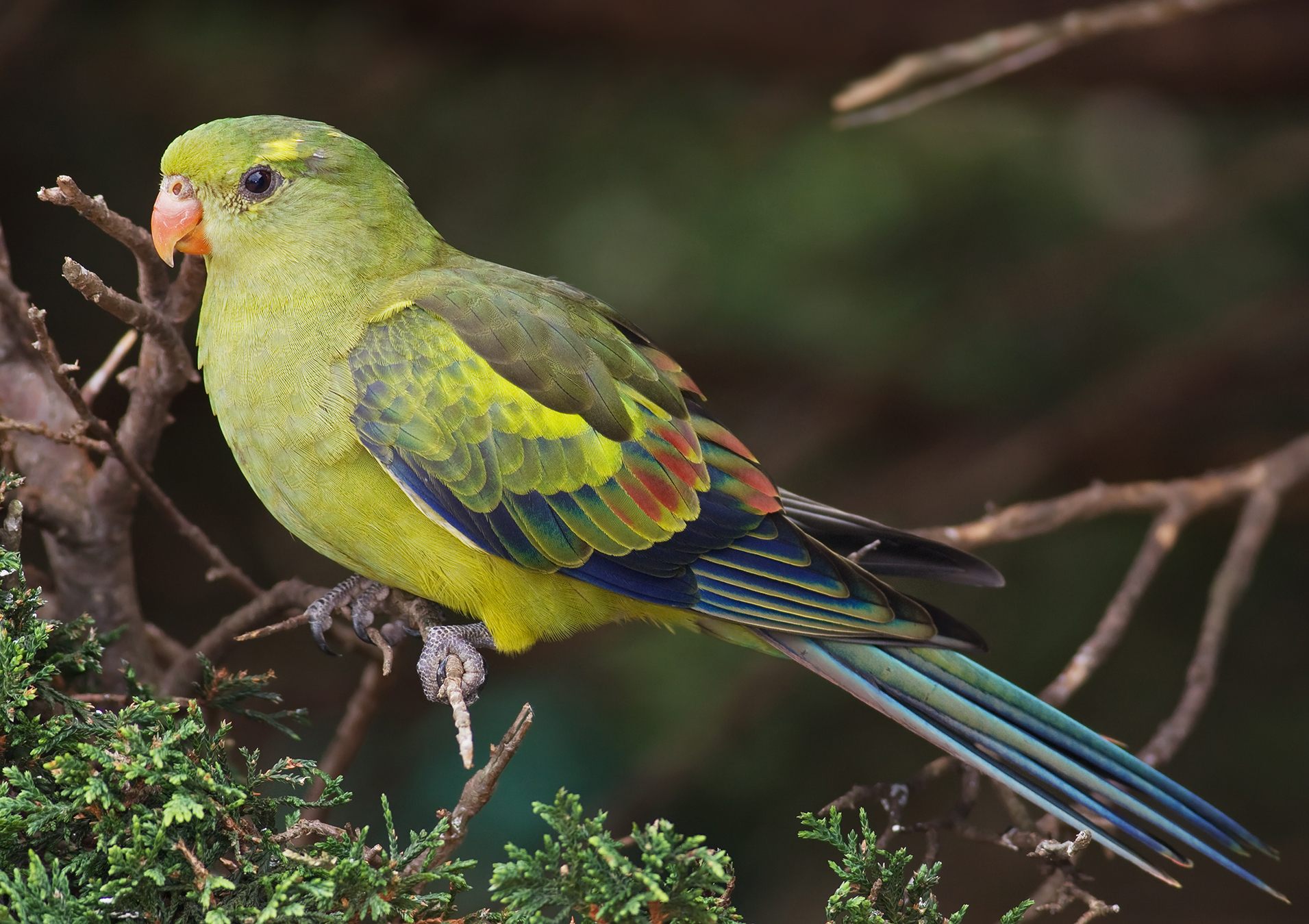Karroun Hill Nature Reserve on:
[Wikipedia]
[Google]
[Amazon]
 The Karroun Hill Nature Reserve is a 3097 km2
The Karroun Hill Nature Reserve is a 3097 km2
 The Karroun Hill Nature Reserve is a 3097 km2
The Karroun Hill Nature Reserve is a 3097 km2 nature reserve
A nature reserve (also known as a wildlife refuge, wildlife sanctuary, biosphere reserve or bioreserve, natural or nature preserve, or nature conservation area) is a protected area of importance for flora, fauna, or features of geological or ...
in the Mid West region of Western Australia
Western Australia (commonly abbreviated as WA) is a state of Australia occupying the western percent of the land area of Australia excluding external territories. It is bounded by the Indian Ocean to the north and west, the Southern Ocean to th ...
, about 310 km north-east of Perth
Perth is the capital and largest city of the Australian state of Western Australia. It is the fourth most populous city in Australia and Oceania, with a population of 2.1 million (80% of the state) living in Greater Perth in 2020. Perth is ...
.
Description
The reserve lies at an altitude of 300–480 m above sea level inpastoral farming
Pastoral farming (also known in some regions as ranching, livestock farming or grazing) is aimed at producing livestock, rather than growing crops. Examples include dairy farming, raising beef cattle, and raising sheep for wool. In contrast, ar ...
country. It possesses extensive areas of intact woodland
A woodland () is, in the broad sense, land covered with trees, or in a narrow sense, synonymous with wood (or in the U.S., the ''plurale tantum'' woods), a low-density forest forming open habitats with plenty of sunlight and limited shade (see ...
and shrubland
Shrubland, scrubland, scrub, brush, or bush is a plant community characterized by vegetation dominated by shrubs, often also including grasses, herbs, and geophytes. Shrubland may either occur naturally or be the result of human activity. It m ...
lost from much of the adjacent Western Australian wheatbelt
The Wheatbelt is one of nine regions of Western Australia defined as administrative areas for the state's regional development, and a vernacular term for the area converted to agriculture during colonisation. It partially surrounds the ...
through clearing for agriculture. The mulga-eucalypt line
The mulga-eucalypt line, or mulga-eucalypt boundary line, marks a boundary between '' Acacia''-dominated shrublands and ''Eucalyptus''-dominated open woodlands across Western Australia. It runs across the north of the Eastern Goldfields, and throu ...
crosses the reserve, delineating the boundary between arid
A region is arid when it severely lacks available water, to the extent of hindering or preventing the growth and development of plant and animal life. Regions with arid climates tend to lack vegetation and are called xeric or desertic. Most ar ...
wattle-dominated, and temperate
In geography, the temperate climates of Earth occur in the middle latitudes (23.5° to 66.5° N/S of Equator), which span between the tropics and the polar regions of Earth. These zones generally have wider temperature ranges throughout t ...
eucalypt-dominated, botanical regions. The vegetation consists mainly of York
York is a cathedral city with Roman origins, sited at the confluence of the rivers Ouse and Foss in North Yorkshire, England. It is the historic county town of Yorkshire. The city has many historic buildings and other structures, such as a ...
and salmon gum
''Eucalyptus salmonophloia'', commonly known as salmon gum, wurak or weerluk or woonert or marrlinja. is a species of small to medium-sized tree that is endemic to Western Australia. It has smooth bark, narrow lance-shaped to curved adult leave ...
woodland
A woodland () is, in the broad sense, land covered with trees, or in a narrow sense, synonymous with wood (or in the U.S., the ''plurale tantum'' woods), a low-density forest forming open habitats with plenty of sunlight and limited shade (see ...
s and dense ''Acacia
''Acacia'', commonly known as the wattles or acacias, is a large genus of shrubs and trees in the subfamily Mimosoideae of the pea family Fabaceae. Initially, it comprised a group of plant species native to Africa and Australasia. The genus na ...
'' thickets.
Birds
The land protected by the reserve has been identified byBirdLife International
BirdLife International is a global partnership of non-governmental organizations that strives to conserve birds and their habitats. BirdLife International's priorities include preventing extinction of bird species, identifying and safeguarding ...
as an Important Bird Area
An Important Bird and Biodiversity Area (IBA) is an area identified using an internationally agreed set of criteria as being globally important for the conservation of bird populations.
IBA was developed and sites are identified by BirdLife Int ...
(IBA) because it supports populations of the vulnerable malleefowl
The malleefowl (''Leipoa ocellata'') is a stocky ground-dwelling Australian bird about the size of a domestic chicken (to which it is distantly related). It is notable for the large nesting mounds constructed by the males and lack of parental ca ...
, regent parrot
The regent parrot or rock pebbler (''Polytelis anthopeplus'') is a bird found in southern Australia. It has predominantly yellow plumage with a green tail. The bird is found primarily in eucalyptus groves and other wooded areas of subtropical s ...
s, rufous treecreeper
The rufous treecreeper (''Climacteris rufus'') is a species of bird in the family Climacteridae. It is endemic to Australia.
Its natural habitats are temperate forest
A forest is an area of land dominated by trees. Hundreds of definiti ...
s, and western yellow robin
The western yellow robin (''Eopsaltria griseogularis'') is a species of bird in the Australasian robin family, Petroicidae, native to Australia. Described by John Gould in 1838, the western yellow robin and its Australian relatives are not clos ...
s.
References
Coolgardie woodlands Mid West (Western Australia) Nature reserves in Western Australia Important Bird Areas of Western Australia {{WesternAustralia-geo-stub